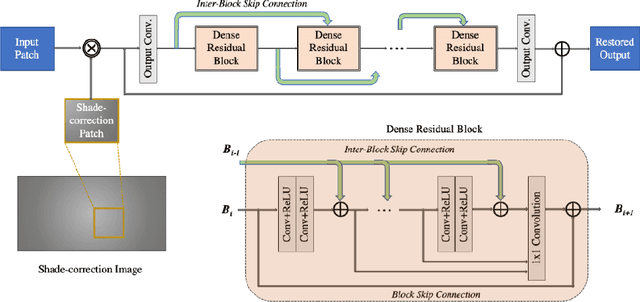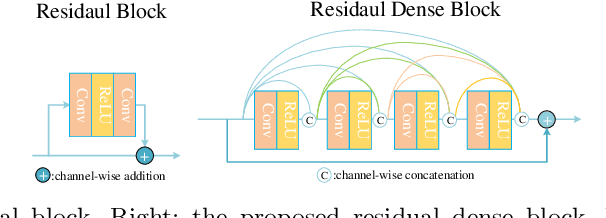Tim Large
Scalable Optimization in the Modular Norm
May 23, 2024



Abstract:To improve performance in contemporary deep learning, one is interested in scaling up the neural network in terms of both the number and the size of the layers. When ramping up the width of a single layer, graceful scaling of training has been linked to the need to normalize the weights and their updates in the "natural norm" particular to that layer. In this paper, we significantly generalize this idea by defining the modular norm, which is the natural norm on the full weight space of any neural network architecture. The modular norm is defined recursively in tandem with the network architecture itself. We show that the modular norm has several promising applications. On the practical side, the modular norm can be used to normalize the updates of any base optimizer so that the learning rate becomes transferable across width and depth. This means that the user does not need to compute optimizer-specific scale factors in order to scale training. On the theoretical side, we show that for any neural network built from "well-behaved" atomic modules, the gradient of the network is Lipschitz-continuous in the modular norm, with the Lipschitz constant admitting a simple recursive formula. This characterization opens the door to porting standard ideas in optimization theory over to deep learning. We have created a Python package called Modula that automatically normalizes weight updates in the modular norm of the architecture. The package is available via "pip install modula" with source code at https://github.com/jxbz/modula.
UDC 2020 Challenge on Image Restoration of Under-Display Camera: Methods and Results
Aug 18, 2020



Abstract:This paper is the report of the first Under-Display Camera (UDC) image restoration challenge in conjunction with the RLQ workshop at ECCV 2020. The challenge is based on a newly-collected database of Under-Display Camera. The challenge tracks correspond to two types of display: a 4k Transparent OLED (T-OLED) and a phone Pentile OLED (P-OLED). Along with about 150 teams registered the challenge, eight and nine teams submitted the results during the testing phase for each track. The results in the paper are state-of-the-art restoration performance of Under-Display Camera Restoration. Datasets and paper are available at https://yzhouas.github.io/projects/UDC/udc.html.
 Add to Chrome
Add to Chrome Add to Firefox
Add to Firefox Add to Edge
Add to Edge